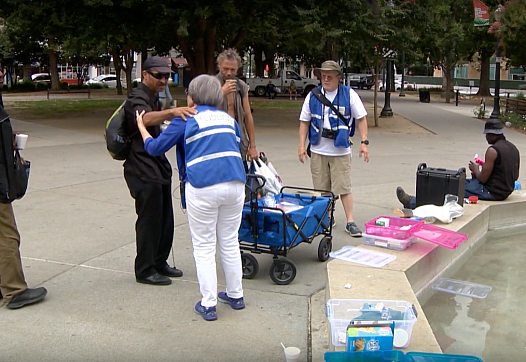
When I walked into Room 104 at a Motel 6 along a busy Sacramento road, I entered a deeper understanding of a complicated and growing crisis.

When I walked into Room 104 at a Motel 6 along a busy Sacramento road, I entered a deeper understanding of a complicated and growing crisis.
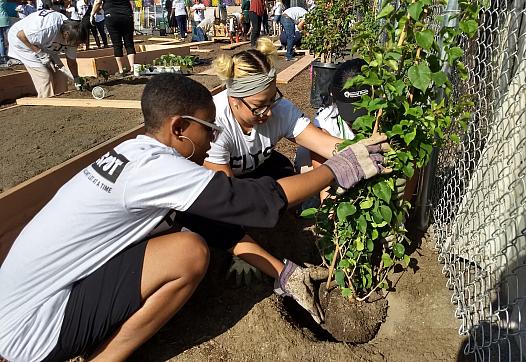
Recent research suggests gardens and green spaces have a positive effect on nearby residents' mental health. L.A. County is embracing the strategy in Watts.
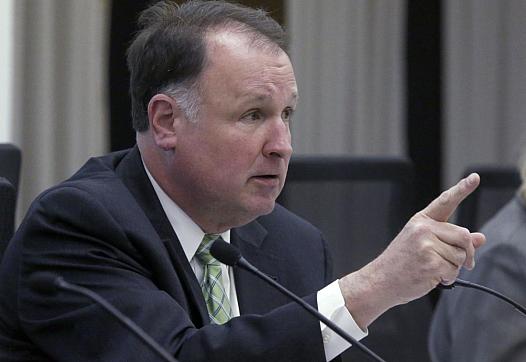
A Virginia state senator voices impatience with the work of a commission he launched, which has secured mental health reforms but has not yet led to the wholesale change envisioned.

The team tells how they wrapped their arms around a huge story: the impact of violence on children in one of the most dangerous neighborhoods in one of the country’s most violent cities.

As many Paradise residents work to piece their lives back together they have the added weight of trauma from the Camp Fire.
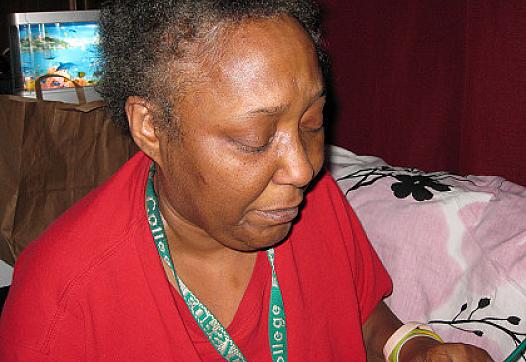
Sharitta Berry was at Oakland’s Highland Hospital when she got the bad news in early 2018.

There is no way for an outsider to just parachute into a different culture and start writing about something as complex as refugee trauma. It takes building trust in that community.
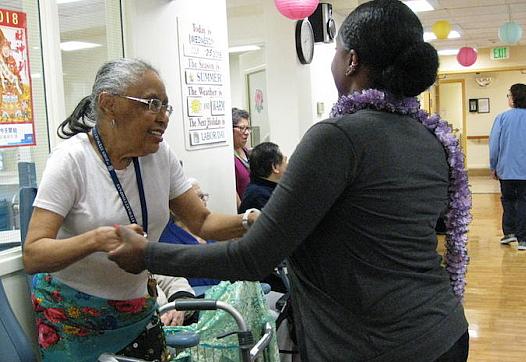
For Asians, Latinos, and other ethnic minorities, the end of life presents unique challenges. Language barriers and cultural traditions can often inhibit access to hospice, pain management, and comfort care.
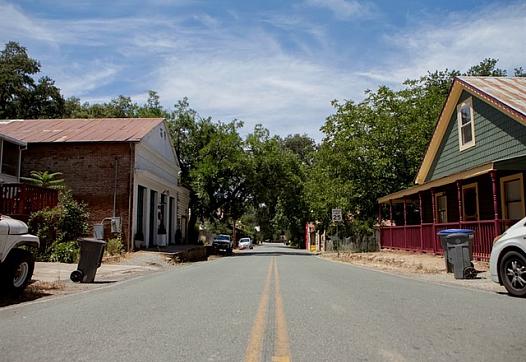
CapRadio’s health reporter Sammy Caiola spent six months exploring the reasons behind the high suicide rate in rural Amador County. She shares how community engagement aided her reporting.
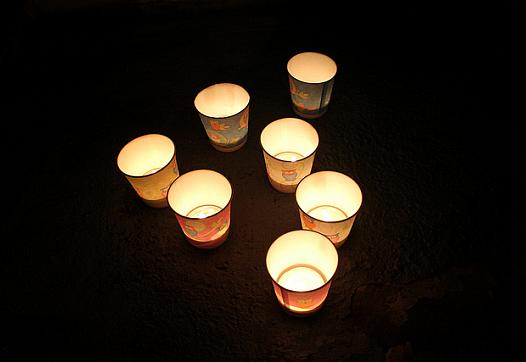
In light of the November 7 mass shooting in Thousand Oaks, California, the Center for Health Journalism is sharing some past reporting and resources for reporters who find themselves covering tragedies such as this.